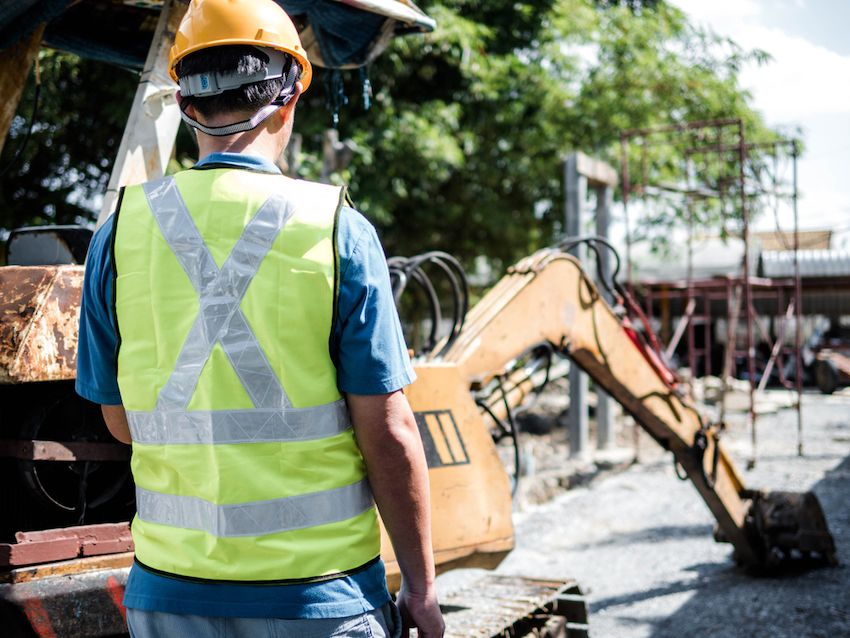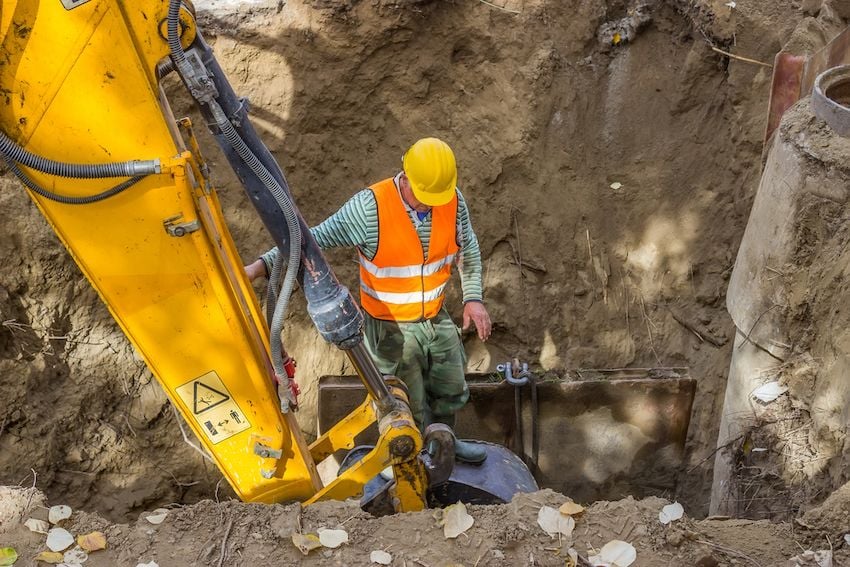Damages to buried infrastructure are on the rise for the fifth consecutive year, according to the 2019 DIRT Report. In the U.S. alone, total damages increased 4.5 percent year-over-year, costing an estimated $30 billion.
Everyone from utility and excavation companies to the general public loses when critical underground infrastructure is damaged, which is why damage prevention is top of mind for industry experts. The Urbint Anticipate 2020 conference brought together three of these experts—Emeka Igwilo, Chief Data Officer and Vice President of Operations Support for Southern Company Gas; Erika Hunter, Damage Prevention Program Supervisor at Puget Sound Energy; and Isaac Weathers, a damage prevention consultant and former Director of Technology at Georgia 811—to share their ideas on how to reduce utility damages. Read on for their advice.
5 ways to decrease underground utility damages
Make damage prevention decisions based on data
Utilities are faced with hundreds or even thousands of excavations in their territories but have a limited number of workers they can dispatch to ensure safe digging. Many still rely heavily on spreadsheets and gut feel to decide where to intervene to try to prevent damages, but the experts said utilities must take a more data-driven approach. “It can’t be heuristics or who makes the best argument,” Igwilo said. “It has to be based on data.”
Damage prevention software like Urbint Lens for Damage Prevention can help utilities allocate resources more intelligently. The software assigns risk scores to 811 tickets, enabling a utility to easily see where damage is likely to occur so they can intervene on the riskiest excavations. Forward-looking utilities including Southern Company Gas and Puget Sound Energy have implemented Urbint Lens and have seen reductions in utility damages as a result.
Reevaluate call-before-you-dig campaigns for homeowners
According to the 2019 DIRT Report, no call-ins are the largest individual damage root cause. To some, this would suggest a need for increased call-before-you-dig campaigning. However, the experts suggested it’s less a matter of increasing 811 campaigns and more a matter of reevaluating whether your current campaigns are on the mark, especially for homeowners.
Southern Company Gas, for example, found their campaigns resonated more once they adjusted their imagery. “When [homeowners] see an 811 sign with someone driving a backhoe, they don’t think that’s them, they think it’s professional excavators,” Igwilo said. “What we did is we made sure they look like homeowners. So, it wasn’t someone driving a backhoe, it was someone gardening. Once we deployed our campaigns, you could see an uptick in call-ins from homeowners.”
Hunter, who serves as the gas chair on the Washington 811 board, said updating overall messaging was key to increasing call-ins in the state. “We did a few focus groups with homeowners and asked, ‘What would make you call?’ Interestingly enough, it wasn’t that their house could blow up. It was that they were going to get a bill,” Hunter said. “We’re in the process now of creating a new ad campaign that is focused not just on the safety of digging but also the monetary consequences of [unsafe digging].”
Push for a standardized damage prevention process
If the 811 process were designed today, would it look the same? Probably not, said Weathers. The process lacks standardization from state-to-state, which can be a headache for everyone involved in the excavation process.
“We’re shooting ourselves in the foot having our system set up the way that we do,” Weathers said. “Excavators move from state-to-state a lot of times. Do we really think those excavators understand the different nuances in every state law?
“I believe we need a standardized process for how tickets are handled, how damages are handled. Only then can we truly get an understanding of a good damage prevention program. It’ll take a lot of work, a lot of collaboration, but four provinces in Western Canada standardized to the same process last year, so it is possible.”
Work to improve your excavator relationships
The relationship between utilities and excavators can sometimes be contentious, but according to Hunter, strong utility-excavator relationships are key to underground utility damage prevention efforts. “We’re going to have to learn to play together,” she said.
Puget Sound Energy uses Urbint Lens for Damage Prevention to identify excavators that are most likely to cause utility damages, and sends interventionists to job sites to help educate on safe digging practices. “Excavators didn’t even want to see us when we showed up,” she said, but the utility persisted. “Now, they don’t have damages, so it’s proving our intervention works.”
If keeping communities safe and connected isn’t a great enough motivation for excavators to welcome inspectors on their sites, focus on the monetary benefit. Fewer damages mean less direct repair costs and work stoppage, which equates to more money for excavation companies.
“We’ve saved [excavators] so much money. We’ve shown them communication and collaboration are worthwhile. [We] work together so they can make money and we can continue to operate properly for our customers.”
Create a repository of underground infrastructure data
A few decades ago, utilities could rely on workers to pass down important information about their underground infrastructure. “There was this tribal pass of information. A senior operator would have someone apprentice with them for years, and they’d pass along the tribal information,” Igwilo said. This unofficial knowledge sharing, while fragmentary, helped protect underground infrastructure from damages.
Igwilo said this type of knowledge sharing does not exist today, and even if it did, it wouldn’t satisfy regulatory requirements. “You can’t say, ‘I know the wall thickness of this pipe because Frank said it’s this,’” he said.
To prevent utility damages, Igwilo says utilities must create a “golden record of assets”—a repository of information about underground infrastructure—so important information can be passed from employee to employee. “We need to aggregate all that information so decision makers can make decisions that are data-based,” he said. “Going forward, there must be a standard of data collection to make sure we’re not further exacerbating the problem.”
For more insight from these experts, watch the Anticipate 2020 Damage Prevention Leaders Roundtable session in its entirety.

